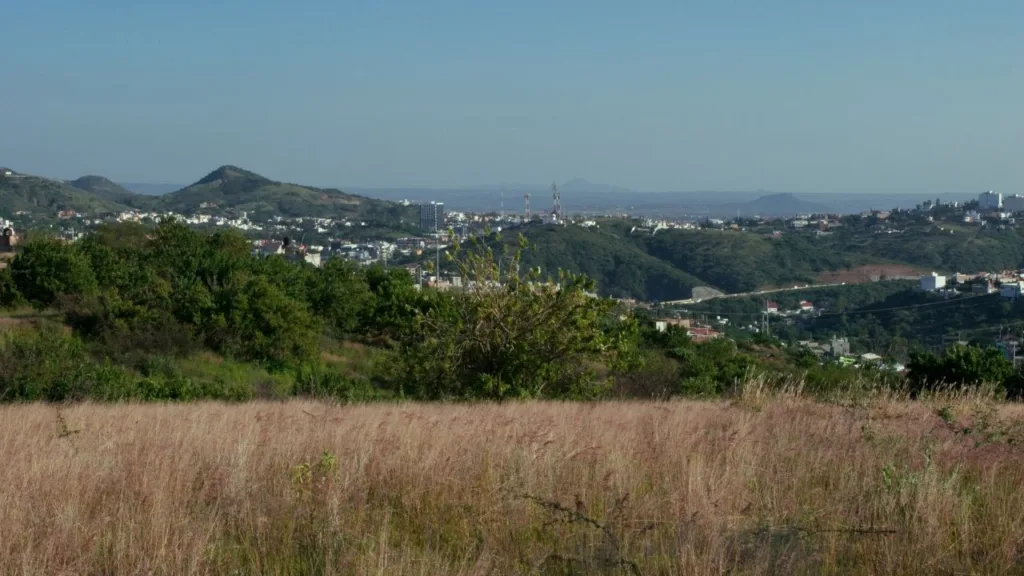Rural-Urban fringe
It is a zone of transition/discontinuity with mixed land uses it combines land use features of rural settings and urban settlements. It is located in an urban built-up area which is under the control of either a down area or a municipality/municipal corporation and countryside. It is an outcome of urban sprawl which is an expansion of the city towards the countryside due to immigration. It is identified by rural land use which is transforming first into urban land use.

Rural-urban fringe is divided into two categories:
- Inter rural-urban fringe
- Outer rural-urban fringe
1. Inner rural-urban fringe
It is dominated by urban land use in the form of construction of land uses which command high prices in the market shopping centers.
2. Outer rural-urban fringe
It is dominated by the acquisition of land for large urban uses like railway stations and, bushes, university centers, airports, technical. industrial states etc. These are the favorable characteristics.
Land-use characteristics of rural-urban fringe
- Rapid construction activity
- Speculative rise in prices of land
- Shortening the size of land holdings due to conversion of agricultural land uses into urban land uses.
- Inadequate social and physical infrastructure in respect of the city.
Social Characteristics
Social segregation of society rural-urban segregated into two sections: Urban mobile segregated class and rural folks. Their lifestyle and outlooks are completely different, flats apartments, and single residential houses are occupied by the urban mobile educated class, and villages are occupied by villages and poor first-generation migrants who are non-skilled and semi-skilled laborers.
Poor law and order
Since migration is rapid in the rural-urban fringe it is not under administration of city land order administration. The crime rate is relatively high.
Avoidance of Taxes
People living in rural-urban fringe do not pay taxes to the city administration but well services provided by the city administration. This way without income burden on city administration is increased.
Loop-sided gender ratio
The gender ratio is heavily tilted in favor of males as flat apartments are dominated by 1st generation young urban male migrants. At that time the male population commuted to the city for work.
Delineation of rural-urban fringe
To identify the area covered under a rural urban fringe combination of quantitative as well as qualitative parameters are used. Quantitative parameters are as follows:
- Rapid rise in population due to immigration
- Adverse gender ratio due to domination of young working male population
- Speculative rapid increase of prices of properties
- Rapidly declining size of land holdings
- Rapid transfer of rural land use into land use
Qualitative parameters are based on the assessment of the following factors:
- Relatively poor physical and social rural infrastructure
- Social segregations
- Relatively poor social and cultural interaction
- Relatively poor law and order situation
Problem areas of Rural-urban fringe
- Infrastructural problem- Rural-urban fringe is relatively poor concerning physical and educational structure.
- Law and Order- It is relatively poor but the crime rate is high
- Poor-Urban fringe is administered by gram sabha and gram Panchayat which is technically and educationally not prepared to administer territory. Expansion and construction of rural-urban fringe are mostly irregular which leads to conjunction and rapid degradation of natural and environmental resources.
Regulation and management of rural-urban fringe
It requires a holistic and integrated approach towards administrative reforms, regulation of land use according to the master plan, and strengthening of police and administrative set-up to improve the law and order situation.
To conclude, it becomes apparent that sustainable planning, community engagement, and recognition of the symbiotic relationship between rural and urban fringe are crucial. The future of the rural-urban fringe and its potential as space for integrated resilient communities can be acknowledged.
There are richness of both rural and urban influences where economic growth aligns with environmental sustainability, and where the cultural heritage of the past harmonizes with the aspirations of the future. Hence, the rural-urban fringe becomes not just geographic importance but to forge balanced thriving societies amid the ebb and flow of urban-rural rhythms.

